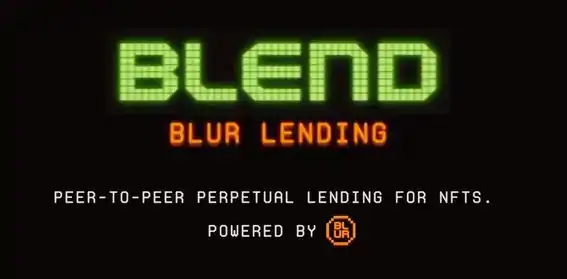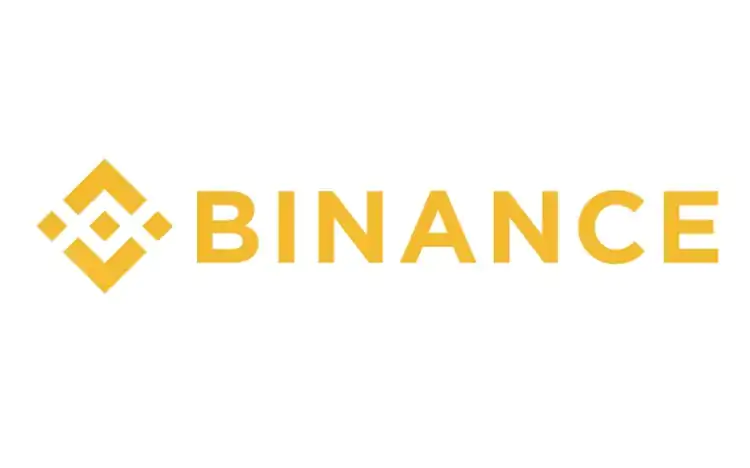Pro-focused non-fungible token () marketplace is making headlines again, this time for entering the NFT lending space. The move has raised questions about its broader market impact.
On Monday, Blur launched , a peer-to-peer NFT lending platform that allows traders to lease out their NFTs to collectors looking to buy blue-chip NFTs with a smaller upfront payment. Holders hoping to earn some extra funds can put up their NFT, receive loan offers, And then transfer their token via an escrow smart contract to the renter for a specified period of time – similar to a digital pawn shop.
According to Blur, Blend aims to help introduce new buyers to its ecosystem by lowering fiscal barriers to entry for popular NFT collections. As a result, it helps drive liquidity into the greater NFT ecosystem by increasing the amount of traders and transactions.
It’s possible that Blend has contributed to a short-term rise in the floor prices of some blue chip NFT collections, according to data from NFT marketplace OpenSea. Since May 1, the date that Blend launched, the floor price of the popular Bored Ape Yacht Club collection has increased from 47 ETH, or about $93,500, to about 50 ETH, or $99,400. As for its Mutant Ape Yacht Club, the floor price increased from about 10.5 ETH, or $20,900, to 11 ETH or $21,900.
Although it appears that Blend may be helping nudge NFT markets upward, it may not be a product that every amateur trader should be eager to “ape” into. The danger is that NFT lending platforms such as Blur allow collectors to purchase tokens with funds they don’t have, creating liquidity risks down the line when collection floors or cryptocurrency prices crumble.
Blur has just launched Blend and I think it’s a massive gamble.
Here’s why…
????
(1/7) pic.twitter.com/ru0Eaydsxm
— Carl (@Carl_m101) May 1, 2023
Twitter user Carl_m101, founder of NFT collection Sky Scooters, shared a thread explaining some of the risks of Blend, where after a large price floor jump, a “margin callevent might follow where traders sell off their NFTs and as a result, end up tanking the market.
“While systems like these are of course basic knowledge to experienced traders, they are new to most NFT traders who can now all of a sudden afford to buy that shiny profile picture (PFP) they have been dreaming of,” said Carl. “We will have many unexperienced buyers fomo-ing into projects they couldn’t afford before or taking loans on their PFPs to buy more.”
While other platforms in the NFT space offer lending, the concern with Blend is that it’s a product directly from Blur, one of the leading NFT marketplaces in terms of trading volume, according to data from Dune analytics. Considering its market share, its already eager users may be more likely to opt into leasing NFTs rather than purchasing tokens at their full price.
Not only might it hurt the market, but it also may hurt the native BLUR token. Pseudonymous Twitter user Bamboo, strategic lead at NFT trader’s club Invite Only Lounge, said in a twitter thread that as the NFT market becomes impacted by lenders on Blend, it will hurt people’s BLUR holdings as well as negatively impact the greater crypto ecosystem.
Letter to the community driven marketplace @blur_io
Or how Blur has stolen $30 million from NFT whales
and early supporters. pic.twitter.com/PXudqy6XOK
— bamboo (@bamboo__eth) May 2, 2023
“Blur is employing game theory with its tokenomics and unique airdrop distribution mechanics,” said Bamboo. “But as game theory experts, they must remember – increasing players' winnings at others' expense is not Pareto optimal.”
The NFT lender’s point of view
While Blur is one of the first major NFT marketplaces to roll out its own in-house lending platform, it certainly isn’t the first to introduce the concept of pawning NFTs.
PirateCode and Cryptobiosis, the pseudonymous co-founders of peer-to-peer NFT lending platform BendDAO, told CoinDesk that while NFT lending is generally beneficial for the market and can help bolster liquidity, some of Blend’s financing strategies spark concerns over whether or not its “refinancing” process will actually keep lenders safe.
One issue they called out was the mechanism by which lenders can exit their positions. To do so, they would trigger a Dutch auction to find a new lender and refinance.
“The viability of the refinancing process introduced by Blend remains uncertain,” said PirateCode and Cryptobiosos. “In practice, refinancing becomes relevant only when the number of lenders exceeds that of borrowers.”
Another point of concern regarding Blend is the process of taking out loans to purchase NFTs on the platform.
Jonathan Gabler, co-founder of peer-to-peer NFT lending platform NFTFi, told CoinDesk that while Blend’s initiative to help introduce liquidity into the market is innovative, it’s also dangerous to incentivize traders to take out loans at loan-to-value (LTV) which is troublesome for highly volatile digital assets.
“Unchanged, The current incentive design will likely lead to bad outcomes for borrowers such as mass defaults or liquidations of high-risk loans, flush NFTs into the hands of point farmers, and in consequence, may lead to much higher market volatility,” said Gabler. “Existing peer-to-peer protocols tend to be more borrower-friendly and lead to healthier loan markets.”
Recommended for you:
Read More: What Is NFT Lending?
Edited by Rosie Perper.



 BlocksInform
BlocksInform










